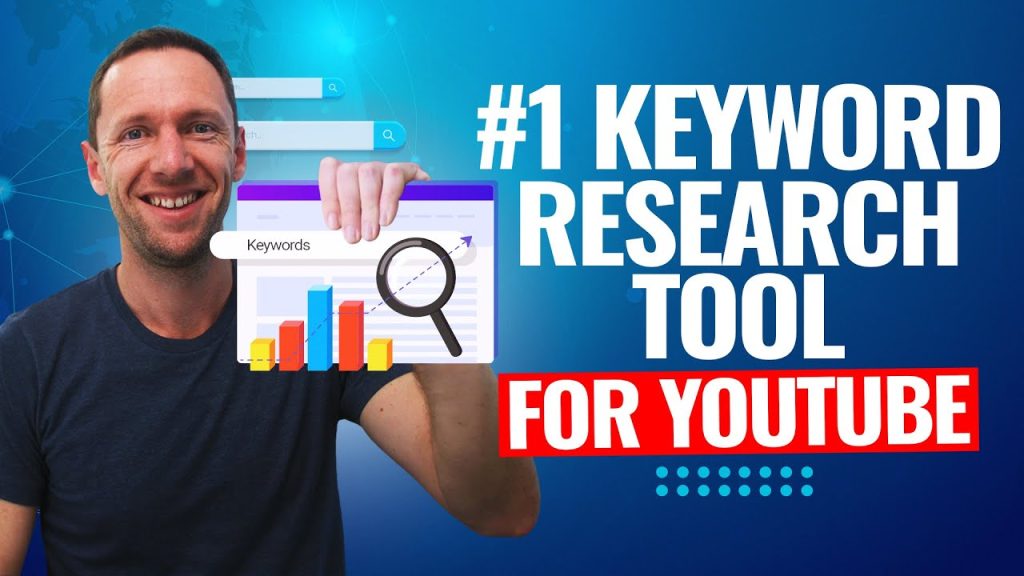So you’ve been grinding on YouTube. Uploading, tweaking thumbnails, praying to the algorithm gods hoping today’s the day one of your videos pops off. But here’s the thing: YouTube isn’t just about making good content. It’s also about making sure the right people actually find it.
That’s where YouTube SEO comes in and no, it’s not just stuffing keywords into your description and calling it a day.
I’ve been running my own tech channel for a few years now. I’ve seen growth plateaus, random spikes, and everything in between. Along the way, I’ve picked up some real, no-fluff knowledge about how YouTube actually works behind the scenes. This guide is my attempt to pass that on whether you’re new to the game or stuck in that “why am I not growing” stage.
Let’s break down the most important SEO terms you’ll hear in this YouTube world, in a way that doesn’t feel like a lecture. Just creator-to-creator.
1. Watch Time (a.k.a. The Almighty Metric)
If you take away nothing else from this list, remember this: watch time is king. It’s the total amount of time people spend watching your videos. Not views. Not likes. Time.
YouTube loves when people stick around. It tells the algorithm, “Hey, this is worth watching.” If your 8-minute video gets watched for 7 minutes on average, that’s a green flag. If people bounce after 30 seconds? Yeah, YouTube notices that too.
2. Audience Retention
Closely tied to watch time, audience retention is how long viewers stick around within your video. YouTube shows you a graph if it drops like a cliff in the first 10 seconds, you’ve got a problem.
Pro tip: Don’t make viewers wait. No 20-second intros. No “Hey guys what’s up welcome back to my channel” fluff. Get to the point. Especially in tech, people want answers fast.
3. Click-Through Rate (CTR)
CTR is how many people click on your video after seeing the thumbnail/title. A high CTR means your video is catching attention. A low one means… Maybe that thumbnail isn’t doing you any favors.
Shoot for at least 5% CTR. Anything higher is gold. Tools like YouTube Studio or VidIQ can help you track this.
4. Metadata (Title, Description, Tags)
Your metadata is how YouTube knows what your video is about. And here’s where most creators screw up they write titles for people, but forget the algorithm is the one doing the sorting.
Title: Make it clear and clickable.
Description: Include natural keywords (not spammy).
Tags: They matter less now, but still help.
I personally spent way too long thinking “If my content is good, YouTube will figure it out.” Nope. You have to help it understand what you’re putting out.
5. Keywords
No, not like SEO blogs where you shove 69 variations of the same word into a paragraph.
On YouTube, keywords help your content show up in search and suggested results. Use tools like VidIQ to figure out what your audience is searching for. If you’re making a video on “best budget microphones for streaming,” you want that phrase (and its variants) to be in your title, description, and ideally spoken in the video too.
6. Search Intent
This one’s subtle but huge. Are people looking for a tutorial? A review? A comparison? Your title and thumbnail need to match the intent of what your viewers are looking for.
I used to title my videos like blog posts. Now I write them like answers to questions:
- Right Way: “Best Budget Camera for YouTube 2025”
- Wrong Way: “My Favorite Cameras Ranked”
See the difference?
7. Session Time
YouTube doesn’t just care if someone watches your video. It cares if your video keeps them on YouTube.
If someone watches your video, then another one, then another even if they’re not all yours YouTube sees you as part of a good viewing session. That’s good news for your channel.
8. Suggested Video Traffic
Search is fine, but the real party is in the “suggested” sidebar.
This is where optimization really pays off. If your content is similar to another popular video and your metadata lines up YouTube might just slide your video into the “up next” spot. That’s where some of my biggest spikes have come from.
It’s also why I stopped trying to reinvent the wheel with every upload and started paying more attention to what already works in my niche.
9. YouTube Channel Audit
At some point, you’ve got to zoom out and look at the big picture. Your titles, thumbnails, metadata, your whole vibe. A YouTube Channel Audit does exactly that.
I did one through this YouTube SEO audit tool after a burnout phase where nothing I posted was growing. They didn’t just give me a report, they broke down what was hurting my growth, what I should double down on, and gave me a better way to structure playlists and featured sections.
Sometimes a second set of eyes sees what you’ve been too close to notice.
10. End Screens & Cards
These aren’t just visual noise, they’re part of your SEO strategy. Why? Because they increase session duration and keep people on your channel.
A viewer who clicks to your next video from an end screen is more valuable than a one-and-done viewer. That’s a signal YouTube loves.
11. Video Chapters
If you’re in tech, this is a must. Viewers often skip to the part they care about, and YouTube rewards that with better watch time per session.
Chapters also help you show up for more specific search terms. I’ve had people land on my video just because one of my chapter titles matched a niche search like “how to enable USB debugging on Android 14.”
12. Engagement Metrics (Likes, Comments, Shares)
Engagement tells YouTube that your video is worth spreading. But don’t beg for likes. Ask meaningful questions. Get people talking. That comment section? It’s algorithm food.
Bonus: A/B Testing
Once you’re deeper into your YouTube journey, start experimenting. Try two thumbnails. Swap your title after a few days. Change the intro. Keep what works.
Wrapping Up (But Not Really)
Look, YouTube SEO can sound overwhelming at first. But once you get the hang of these core ideas, it stops being “stuff you need to learn” and becomes second nature. Like a sixth sense.
This isn’t about gaming the system. It’s about understanding it so you can focus on what you actually want to do: making great content.
If you’re serious about growing, take time to dig into your data. Revisit your old videos. Test things. Ask for feedback. And when it makes sense, get a proper channel audit. You’d be surprised what a few outside insights can unlock.
Hope this helps. Now go out there and upload something worth watching and worth finding.

Oliver Smith is an experienced blogger at Grammar Globe, Oliver Smith, an expert in English grammar and a master of wit, brings language to life with his playful take on puns. Through his works, he weaves humor into the rules of grammar, making learning fun and engaging for readers of all ages. Discover language with a smile!”






